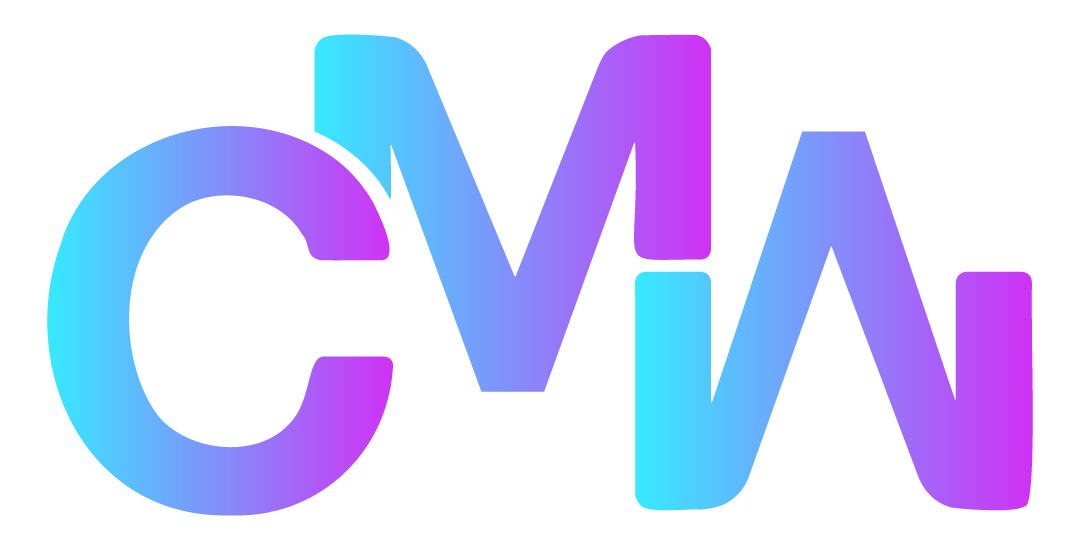Yes, says Jeremy Silver but he calls for a return to music nerdiness in order to bring back the passion in fans for recorded music.
Musical evolutions are hard to trace sometimes. There is a section in the opening of a song called the Dark of the Matinee by Franz Ferdinand that, to my cloth ears sounds exactly like the beginning of the immortal Jewish folk song Hava Nagila – it comes right at the beginning of the track and lasts about 22 seconds before repeating again throughout, if you want to check it out. Then there’s the tiniest brief line in the Chili Peppers’ Zephyr Song (just about at the 2.04 minute mark) that seems to morph weirdly for a moment right into Oliver’s Army by Elvis Costello. Argue with me about that one if you will, but I swear, it’s there somewhere.
Sometimes these are just things that occur to you when you’re singing badly in the shower (is there any other way to sing in the shower?) and sometimes they might be deeply buried treasure that even the song writers didn’t really think of. Then at other times they’re totally sophisticated samples planted or extracted (depending on your point of view) right in the middle of a song to make us all feel smart or just to get off on a brilliant musical juxtaposition or cultural reference or even maybe to achieve some subtle commercial goal. A sample is a way of paying respect or making a connection with someone else’s scene. We all delight in spotting these things, they enrich not impoverish the music.
Sometimes, it’s a bit of a joke or is it faintly sinister when you are taken all the way back to an embarrassing nursery rhyme – Hey Diddle Diddle, the Cat and the Fiddle and find it reappearing in a way that still makes me cringe in the classic Aerosmith Walk This Way, then even more famously redone by Run DMC and then riffed on by Stiff Little Fingers in No Sleep Til Belfast which was itself a cover of the Beastie Boys’ No Sleep Till Brooklyn, which was then sampled brilliantly in Fat Girl by Easy E of NWA featuring none other than Freshly Done. Well what more can I say? The path of true love never did run true.
So what are we to make of the wily ways of musicians, songwriters and producers in their apparently endless reworking of respect and satire, of tribute and rip-off. When exactly do the Blurred Lines get crossed into something where, well, you just Got to Give It Up? Well never, allegedly, if musicologically the songs are technically musically different and it’s just a sound or a vibe that kind of connects them. Except, that is, in the case of Bitter Sweet Symphony, which I have talked about extensively elsewhere in a TEDx talk I gave a couple of years at the British Houses of Parliament. Suffice to say that what the Rolling Stones may have borrowed from Gospel and the Blues was all apparently fine, but when someone else wrote a classical composition based on their borrowings and the Verve borrowed from that – well there was all hell to pay – or at least all the royalties on the track – for ever. Perhaps ABKO Records might like to re-think the artist-relations politics of that particular issue sometime before Richard Ashcroft gets too old. But I’m not writing this to complain about the injustices of sampling or the appropriateness or otherwise of the protections that copyright laws afford. On the contrary, it’s the joy of discovery that interests me the most.
When exciting new streaming music services seem to be fighting for differentiation on a daily basis, it’s the journey of music itself that ought to give them the best chance to educate us. WhoSampled.com is one of my favourite but most under-exploited music resources, because when I sign in to my favourite streaming service, whichever one that is, I would love to be educated about the music I’m listening to. I would love to be presented by the Horace Silver Song for My Father that supplied the key riff to the Steely Dan song Ricki Don’t Lose That Number or on hearing their classic Do It Again be led into a brilliant mix with Michael Jackson’s Billie Jean by Club House (Michele Interlandi and Stefano Scalera) to hear how those bass grooves interweave so perfectly.
The musical skills that lie behind the perfect playlist are sometimes just the perfect segueway from one track to another, but at times it is the musical connections and real interconnections buried deep inside the songs themselves that make for the richest musical experience. Only the rare music afficianado and blacksploitation fan would probably have gone back to the Chi Lites’ Are You My Woman? (Tell Me So) – but Beyonce made its brass stab the signature of Crazy in Love and now far more people would have a reason to go back and revisit the track. So that one might start to look like strategic back catalogue marketing. Equally, would Major Lazer have quite the same profile if Run The World (Girls) hadn’t featured their utterly identifiable beeping whooping sample from Pon De Floor or was it more that Beyonce was garnering some fresh street cred from the Lazer collective? What comes up from the underground to the overground takes everyone forward.
When iTunes first appeared and made digital music such a slick experience, everyone got excited. They created a digital music revenue stream that had not previously existed and saved the recorded music industry from the bottomless pits of Napster and the other file-sharing sites. In the process however, for whatever reasons of efficiency or plain old technology ineptitude, all the metadata that fleshes out the music got stripped away. No liner notes, no acknowledgements or special thanks and no credits. When Spotify came along, I hoped that they would do something about, but no. When Apple Music came along, I hoped they would do something about that, but no. To this day, it is almost impossible to tell from what a digital track gives you which musicians played on a track, let alone who produced it or engineered or where it was recorded or when. When we combine the richness of that kind of metadata with the surprises and delights of who sampled what, music gains a richness that is what got nerdy kids excited by it. We have to get some of that back, and encourage a return to the nerdiness of music fans. Yes, “lean back” is great for the massive passives, but I believe it’s the earnest enthusiasm of a new generation of music nerds that will really return a passion for music to the market.
 Jeremy Silver is author of “Digital Medieval, the first twenty years of music on the web and the next…” He is Chairman of MusicGlue and of SupaPass. He is an advisor to WhoSampled. He co-founded Uplister in San Francisco which was the world’s first playlist-sharing music service. This May, Jeremy will a judge on the “CMW Startup Launchpad” pitch competition, in addition to moderating the “Maximizing Your Royalty Streams” panel on Saturday, May 7th.
Jeremy Silver is author of “Digital Medieval, the first twenty years of music on the web and the next…” He is Chairman of MusicGlue and of SupaPass. He is an advisor to WhoSampled. He co-founded Uplister in San Francisco which was the world’s first playlist-sharing music service. This May, Jeremy will a judge on the “CMW Startup Launchpad” pitch competition, in addition to moderating the “Maximizing Your Royalty Streams” panel on Saturday, May 7th.


